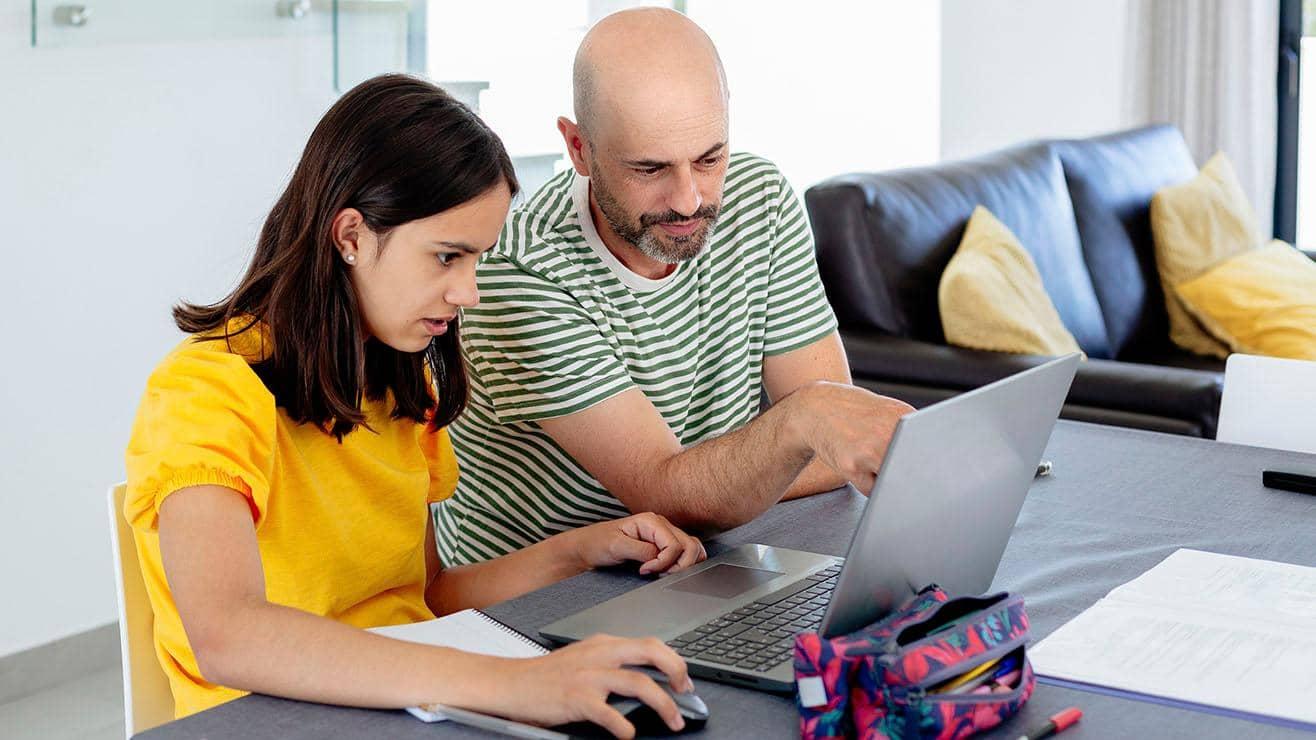
Stay safe online
Keep yourself and your family safe online
Here are some tips on how to protect your devices and stay safe online.
Be careful on social media
You can control who sees your social media posts by changing your privacy settings. Making everything as private as possible can help protect you from fraudsters. You’ll need to change the settings in each app separately.
Don’t assume adverts you see on social media are genuine, as scammers might post fake ones. This includes adverts for job opportunities, deals and bargains, products, services and apps. If you see something that interests you, always research the company that posted it and ask yourself if it could be a scam.
Don’t give away too much online
Don’t share information that fraudsters could use to impersonate you or access your accounts. This includes anything that might give away:
- Your address – don’t share your address or any photos that could give it away by showing your house number, street name or other unique features
- Where you are, or where you’re going to be – posting holiday photos, checking in at locations or sharing walking routes can all tell fraudsters when you’re not home. This gives them the chance to steal from you or impersonate you – like pretending you’re stranded on holiday to trick people into sending them money
- Information that could be used to reset your passwords – criminals post games and quizzes designed to get information about you. Never share or enter any details commonly used in security questions or password resets, like your pet’s name or the model of your first car.
Check QR codes before you scan them
QR codes are a type of barcode that you can scan with your phone to go to a website or app. You’ll see them in lots of places – like leaflets, restaurant tables and parking meters. Criminals have started replacing genuine codes with fraudulent ones designed to steal your personal information or install malicious software on your device.
Never scan a QR code you think might been tampered with. Instead, use your browser or app store to find what you need. You can also send a photo of the suspicious code to us at internetsecurity@barclays.com – we’ll check it and report any malicious content.
Watch out for harmful apps
Criminals hide harmful software in apps and updates, so you install it without realising. This is called ‘mobile malware’.
To help protect yourself, make sure you always check what permissions an app asks for when you install it. Be suspicious if an app asks for accessibility permissions, as this gives full access to your device.
Use secure passwords and two-factor authentication
Change your passwords regularly, and don’t use the same one for every account. Use two-factor authentication where possible, for an extra layer of security.


